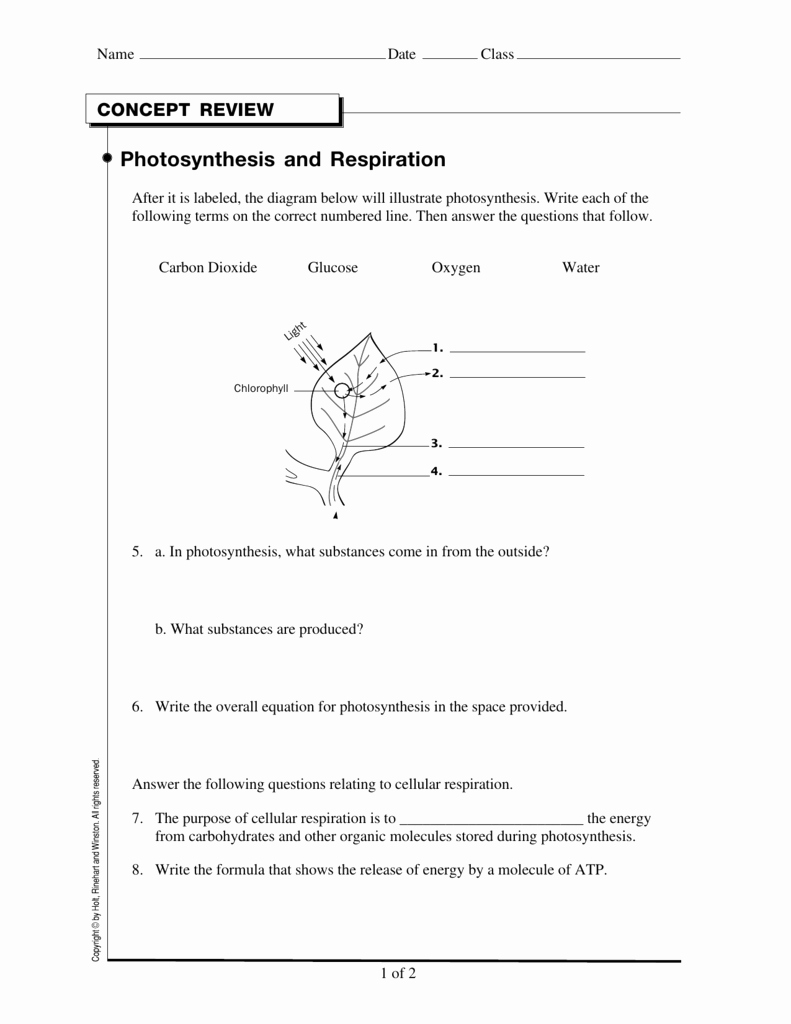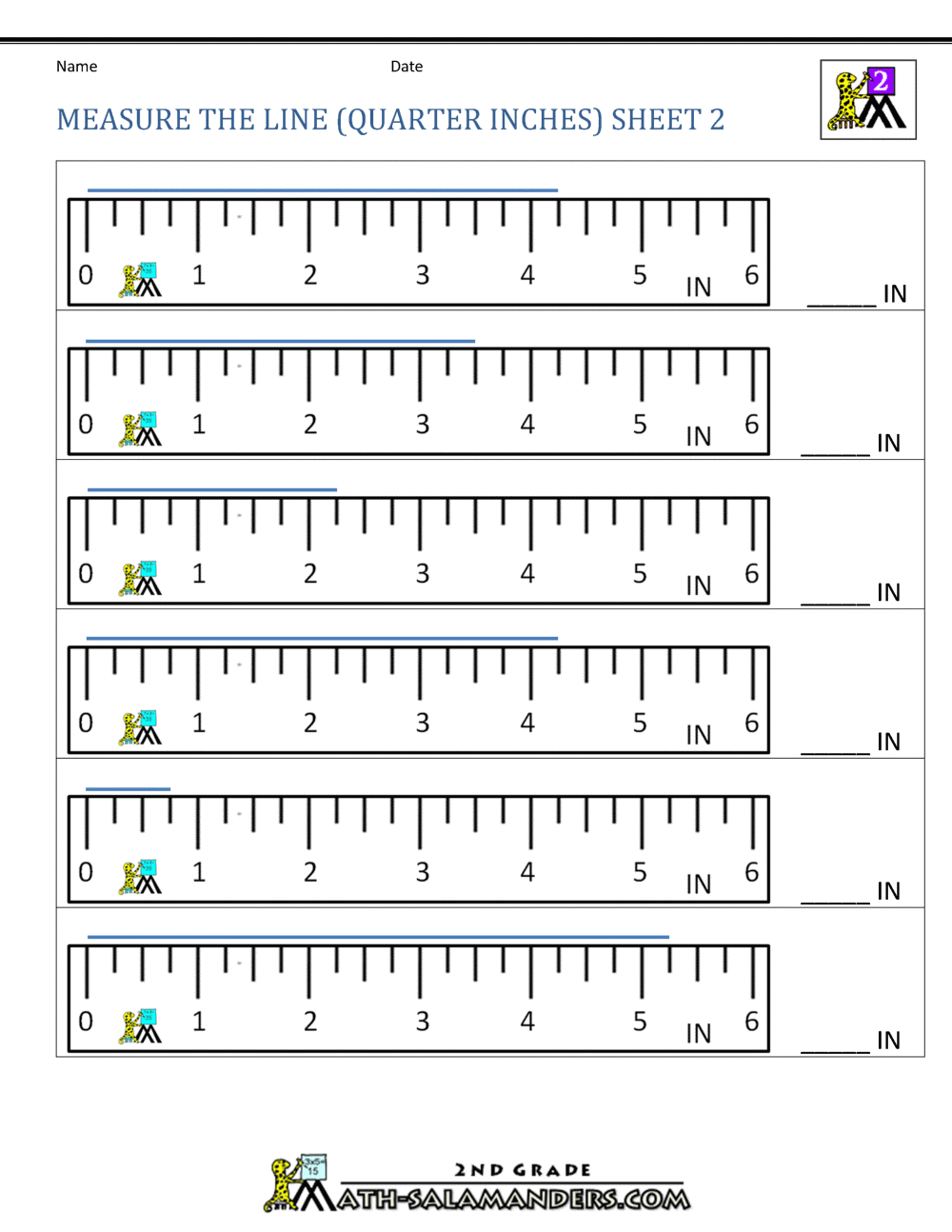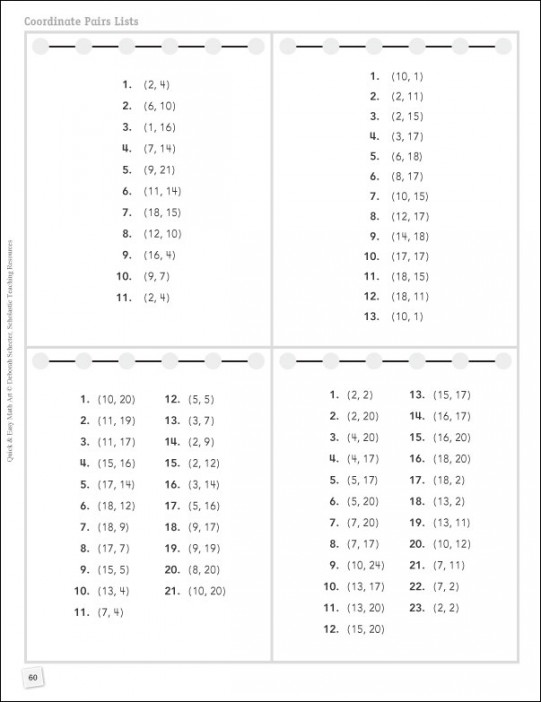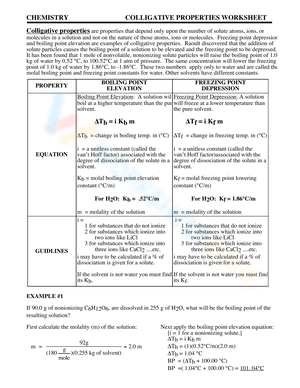Round to Nearest 100 Worksheet
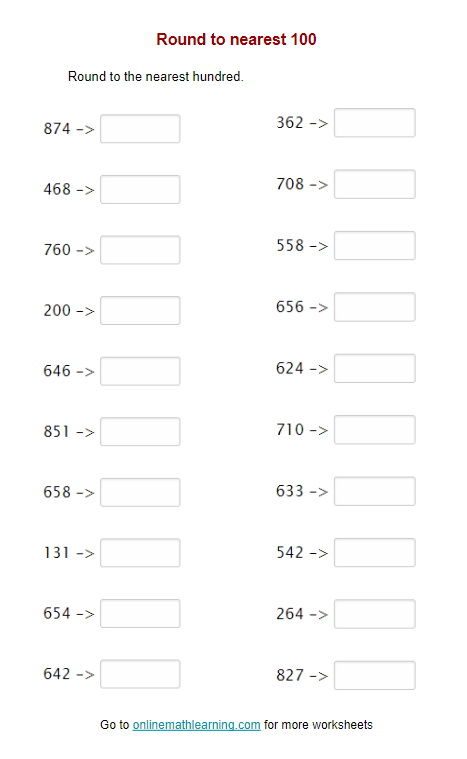
Introduction to Rounding Numbers
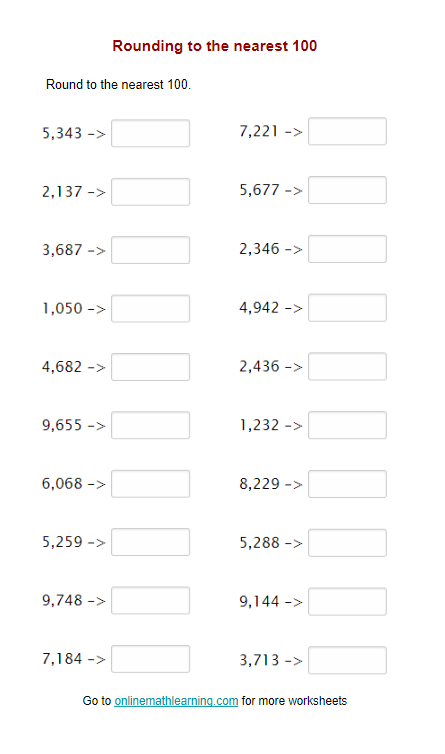
Rounding numbers is a fundamental concept in mathematics that involves approximating a number to its nearest whole number or decimal place. This skill is essential in various real-life applications, such as measurements, financial calculations, and data analysis. In this worksheet, we will focus on rounding numbers to the nearest 100.
Understanding Rounding Rules
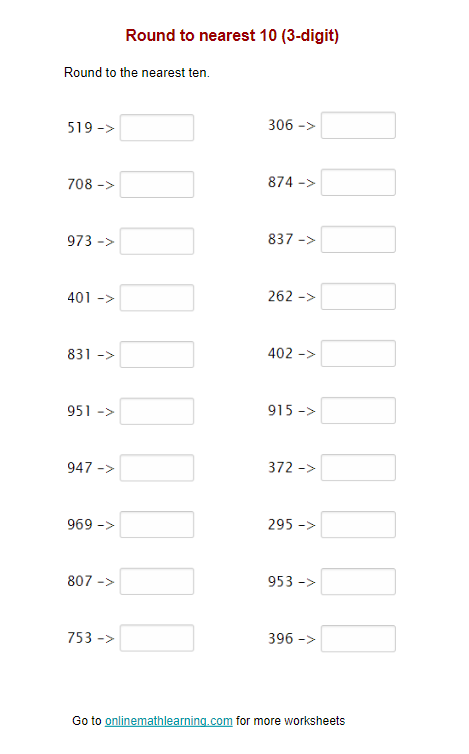
To round a number to the nearest 100, we need to look at the last two digits of the number. If the last two digits are less than 50, we round down to the nearest 100. If the last two digits are 50 or greater, we round up to the nearest 100. For example: - 247 rounded to the nearest 100 is 200 - 317 rounded to the nearest 100 is 300 - 467 rounded to the nearest 100 is 500
Practice Exercises
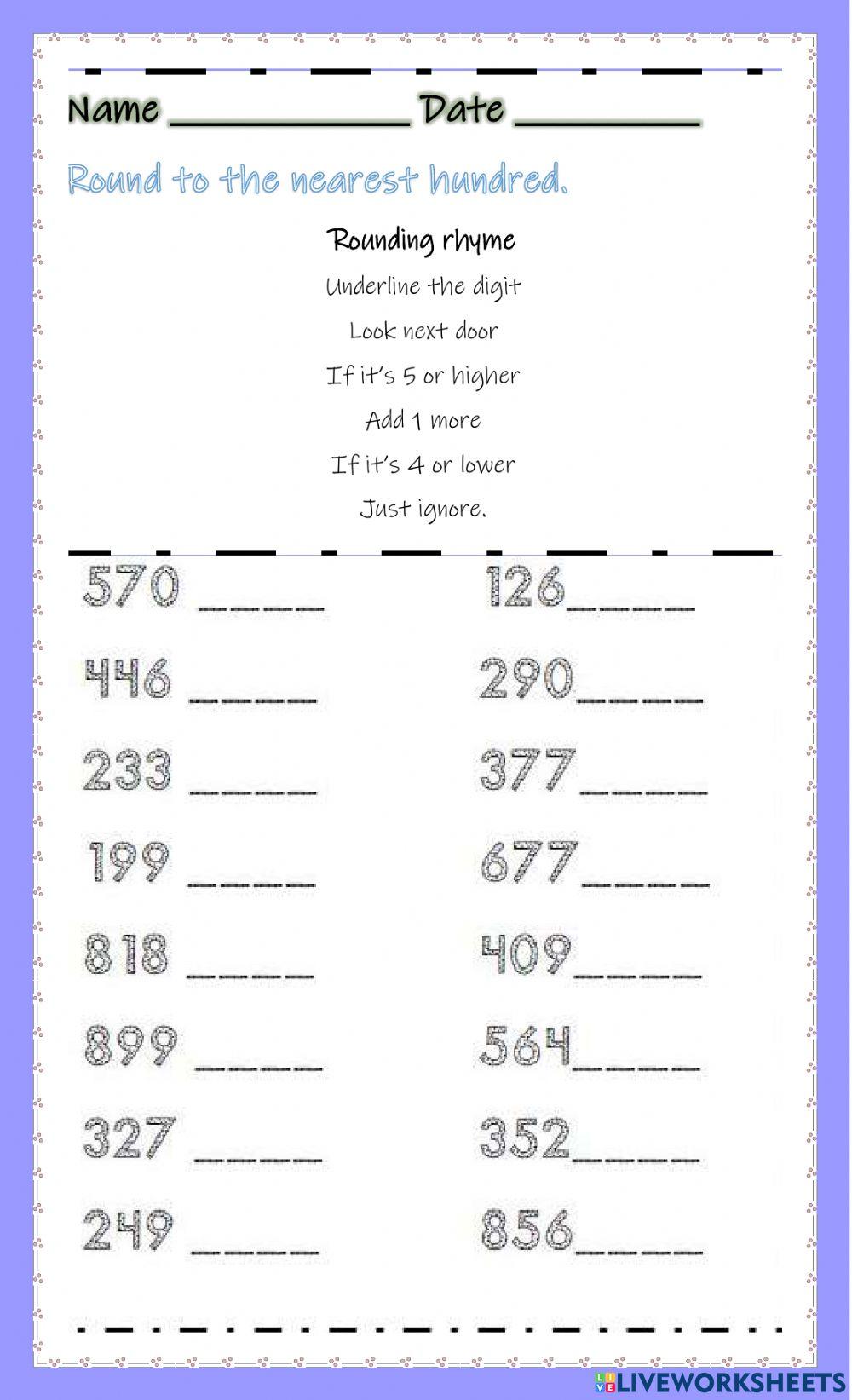
Here are some practice exercises to help you master rounding numbers to the nearest 100: - 123: _____________________ - 219: _____________________ - 348: _____________________ - 421: _____________________ - 537: _____________________ - 654: _____________________ - 819: _____________________ - 982: _____________________
Answers: - 123: 100 - 219: 200 - 348: 300 - 421: 400 - 537: 500 - 654: 700 - 819: 800 - 982: 1000
Using Rounding in Real-Life Scenarios

Rounding numbers to the nearest 100 is useful in various real-life scenarios, such as: * Estimating the cost of goods: When calculating the total cost of items, rounding to the nearest 100 can simplify the calculation and provide a quick estimate. * Measuring distances: Rounding distances to the nearest 100 can help estimate travel times and distances. * Data analysis: Rounding data to the nearest 100 can help identify trends and patterns in large datasets.
📝 Note: Rounding numbers to the nearest 100 can also help reduce errors in calculations and provide a more accurate estimate of quantities.
Table of Rounding Examples
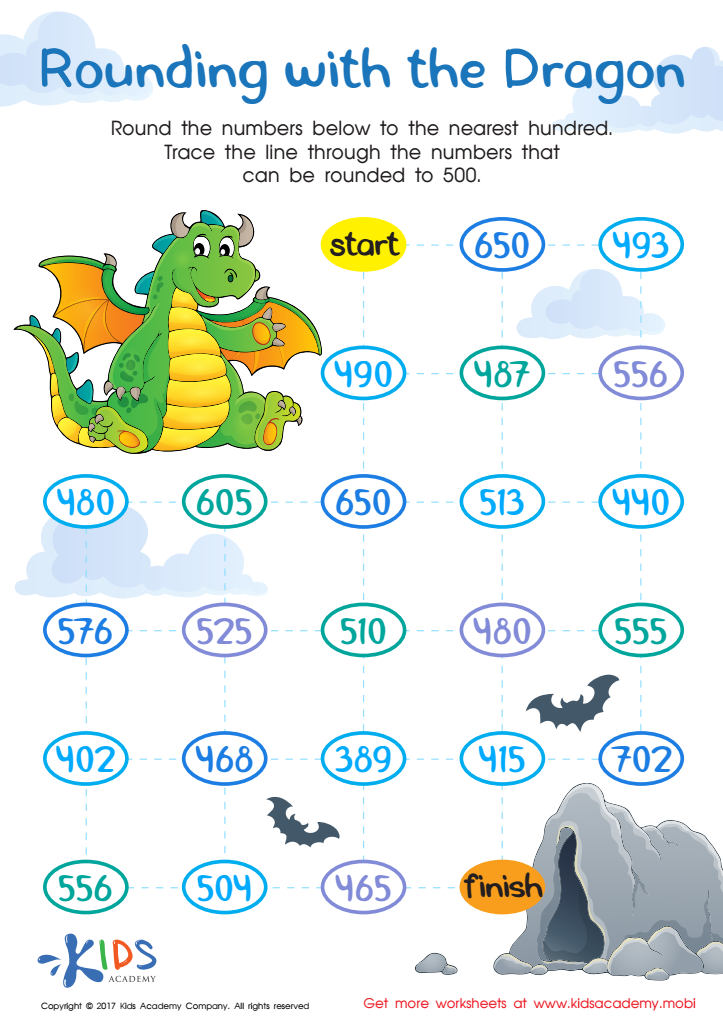
Here is a table of rounding examples to help illustrate the concept:
| Number | Rounded to Nearest 100 |
|---|---|
| 123 | 100 |
| 219 | 200 |
| 348 | 300 |
| 421 | 400 |
| 537 | 500 |
| 654 | 700 |
| 819 | 800 |
| 982 | 1000 |
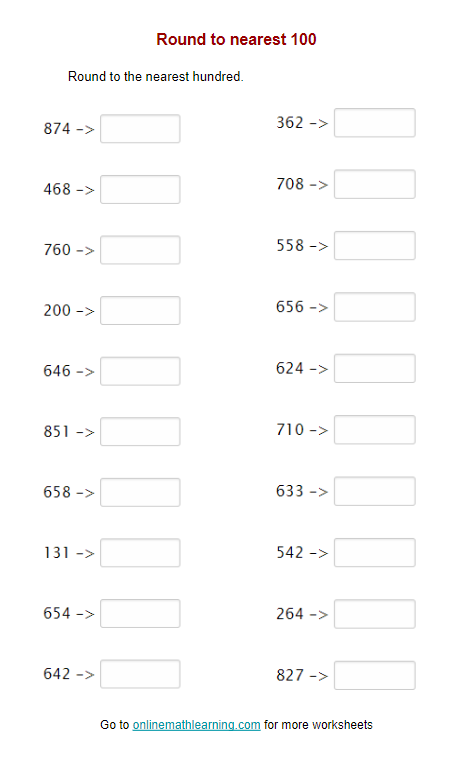
In summary, rounding numbers to the nearest 100 is an essential skill that can be applied in various real-life scenarios. By understanding the rounding rules and practicing with exercises, you can become more proficient in estimating quantities and simplifying calculations. Whether you are estimating costs, measuring distances, or analyzing data, rounding numbers to the nearest 100 can help you make more accurate estimates and reduce errors.
What is the rule for rounding numbers to the nearest 100?
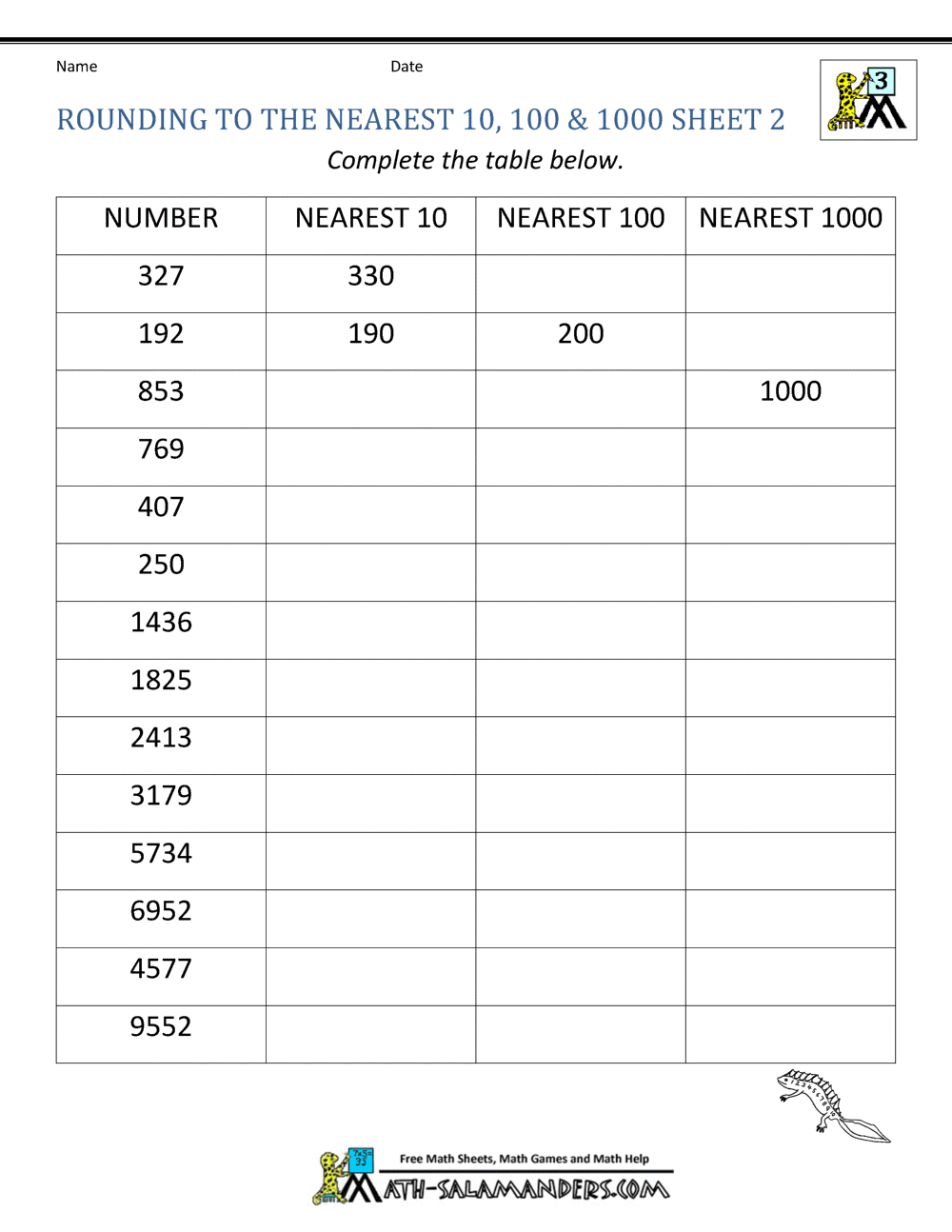
+
To round a number to the nearest 100, look at the last two digits. If they are less than 50, round down. If they are 50 or greater, round up.
Why is rounding numbers to the nearest 100 important?
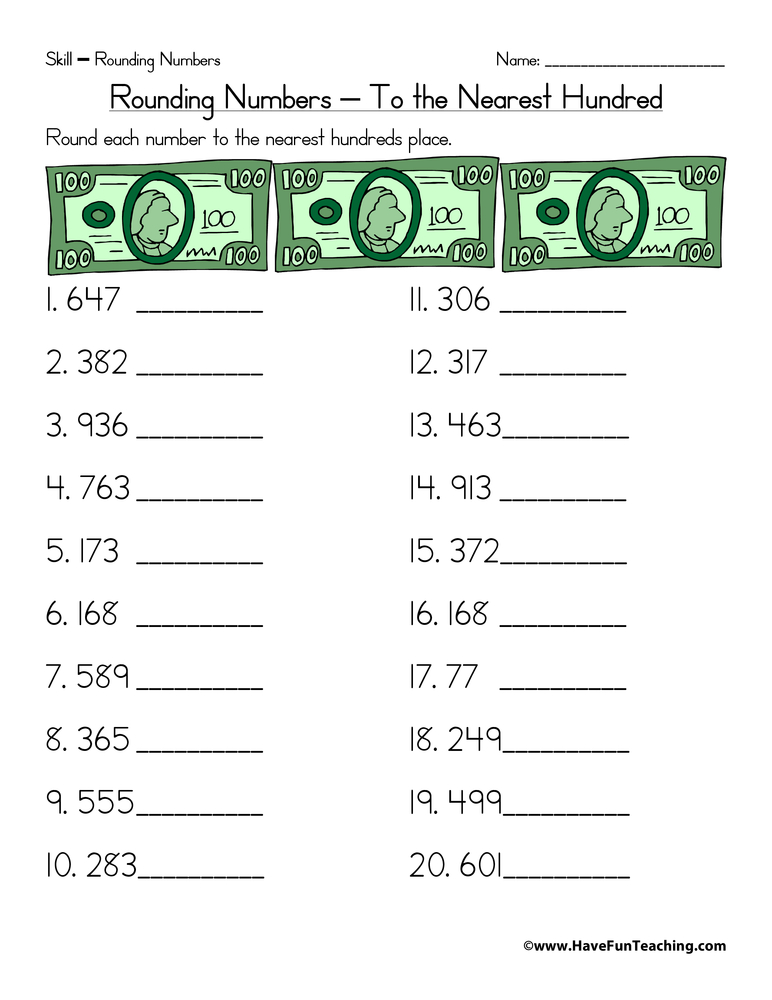
+
Rounding numbers to the nearest 100 is important because it can help simplify calculations, estimate quantities, and reduce errors in various real-life scenarios.
Can you provide an example of rounding a number to the nearest 100?
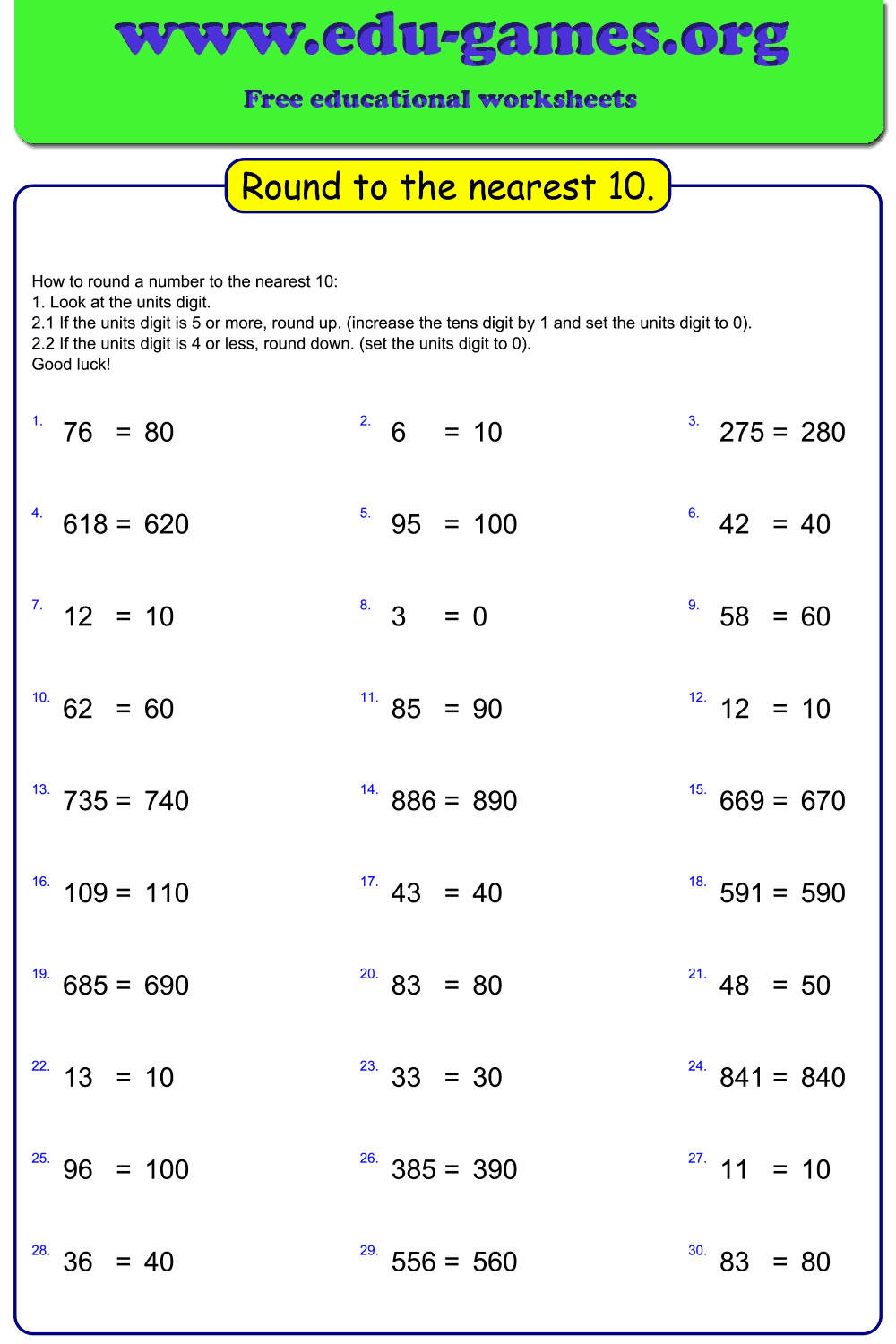
+
For example, the number 247 rounded to the nearest 100 is 200.
